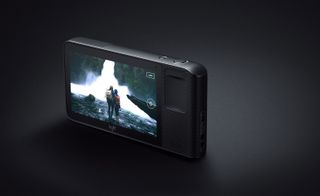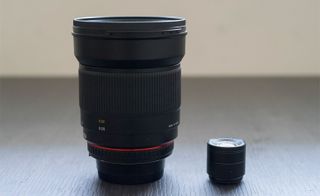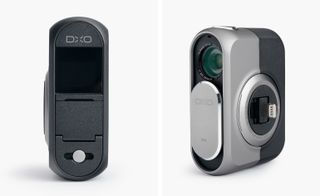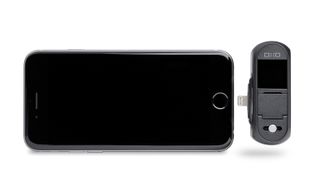Focus group: the snappy minis redefining a new camera culture

Although humanity takes something like a trillion photographs every year, the overwhelming majority of these are snapped on our smartphones; only professionals and enthusiasts keep the ‘real’ camera market alive. Digital photography gets ever sophisticated, yet the best point and shoot is still no substitute for the camera in your pocket.
The industry’s next step is to mine the niches. Retro-styled premium cameras have been all the rage for a few years, but new specialisations are emerging.
The Light L16 might look like a trypophobic’s nightmare, but that curious design brings together 16 camera sensors, packed horizontally into the slim body to give a mobile-like form-factor with DSLR power. Powerful algorithms stitch the various images together, giving you massive control over your image, as well as depth of field and focus correction in post-production. The L16 is being crowd-funded now, as is the proposed TinyMOS, a compact camera designed for astrophotography, but other products are already out there.
The DxO ONE plugs in to your iPhone giving you a better lens, bigger sensor and bespoke software to transform an already capable device into a brilliant one.
If you want to do something right, perhaps one device can’t do it all.

Like here, in the L16, the first multi-aperture computational camera. This super-compact model from Light makes it easy for anyone to take DSLR-quality images

Living up to its namesake, it is small and light enough to fit in your pocket. Light’s new technology combines traditional folded optics with modern, sophisticated imaging algorithms to deliver the highest quality images, without the bulky casing

The miniature TinyMOS is gem of a device, currently in the prototype stages of production. It will be available for crowdfunding later in the year

Designed by students from the University of Singapoor, it is aimed to capture pictures like no other, specialising in lunar-photography, available thanks to the camera’s excellent image quality in low-light situations

The Tiny 1 is designed with both portability and powerful imaging in mind, prooving that space exploration doesn’t have to be for astronauts and those with high-powered telescopes

The DXO 1 approaches things slightly differently, choosing to embrace our reliance on mobile phone cameras, creating a high powered, professional quality iPhone camera attachment

With 20.2 megapixels at your disposal, in a miniature, 33mm package, it is less bulky than lens-style attachment competitors, and just as powerful

Also, it has its own memory card and battery so it won’t drink up your iPhone’s valuable battery life, or soak up its memory space
INFORMATION
For more information on each of the featured cameras, visit the Light website, the DXO website, and the TinyMOS website
Wallpaper* Newsletter
Receive our daily digest of inspiration, escapism and design stories from around the world direct to your inbox
Jonathan Bell has written for Wallpaper* magazine since 1999, covering everything from architecture and transport design to books, tech and graphic design. He is now the magazine’s Transport and Technology Editor. Jonathan has written and edited 15 books, including Concept Car Design, 21st Century House, and The New Modern House. He is also the host of Wallpaper’s first podcast.
-
 Frank Stephenson’s high-flying capsule design for HALO’s balloon-powered space flights
Frank Stephenson’s high-flying capsule design for HALO’s balloon-powered space flightsSpace start-up HALO promises zero-emission travel to the stratosphere in a futuristic viewing capsule shaped by Frank Stephenson Design
By Jonathan Bell Published
-
 Back to Black: all eyes on film-maker Sam Taylor-Johnson
Back to Black: all eyes on film-maker Sam Taylor-JohnsonBack to Black cinematographer Polly Morgan tells Wallpaper* how a shared love of French New Wave close-ups brought Sam Taylor-Johnson’s Amy Winehouse biopic to life
By Craig McLean Published
-
 Formafantasma’s new collection explores nostalgia and the queer identity
Formafantasma’s new collection explores nostalgia and the queer identityFormafantasma present 'La Casa Dentro' at Fondazione ICA Milano (until 19 July 2024), where they draw inspiration from the domestic sphere and their own nostalgic perceptions of home
By Laura May Todd Published